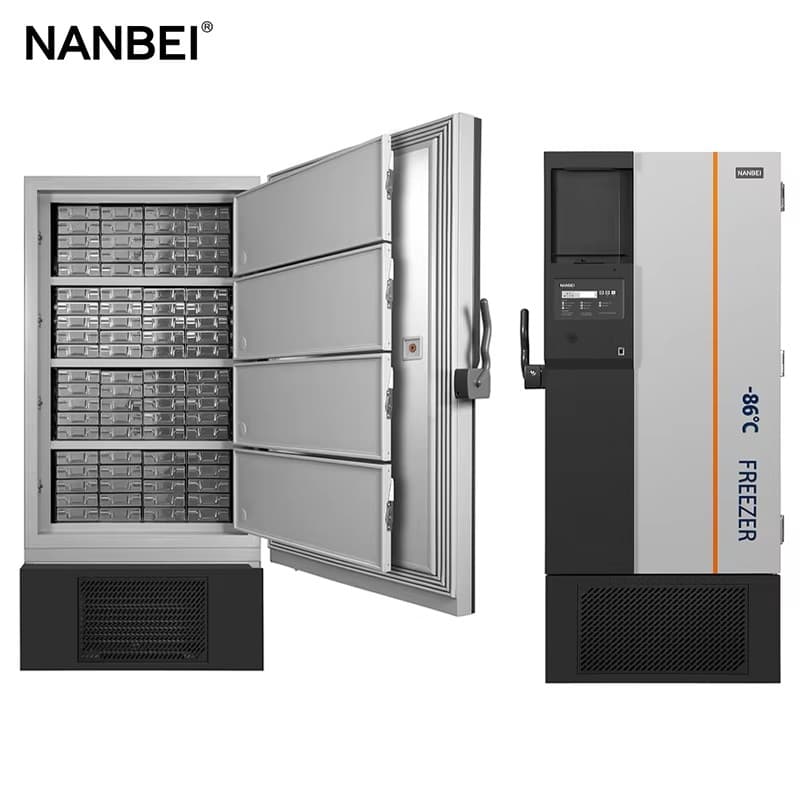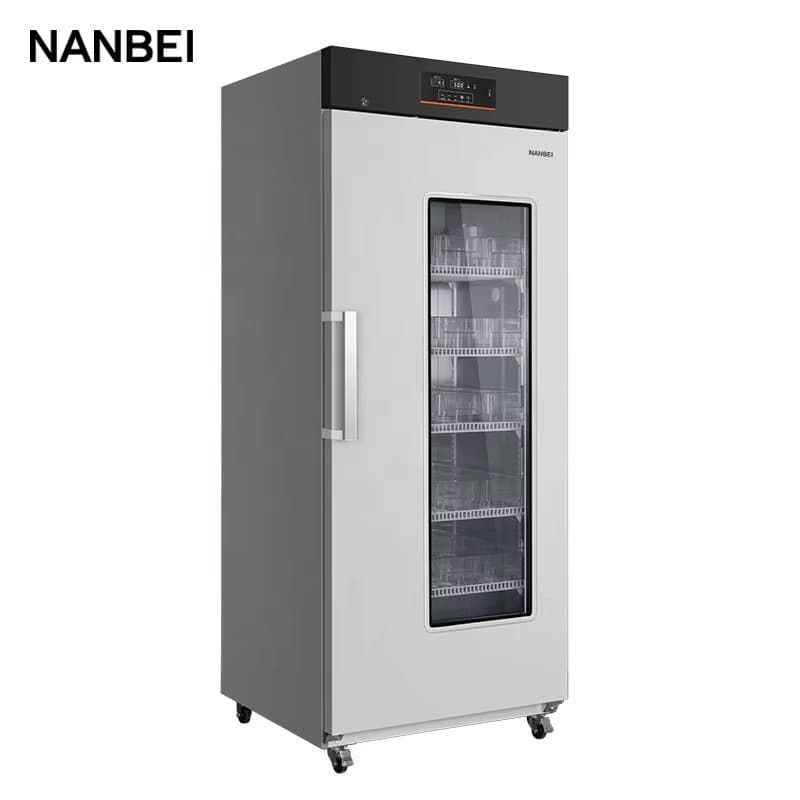The ultra-low temperature freezer is a device specifically designed to store and maintain extremely low temperature. It is capable of providing very low operating temperatures, typically between -80°C and -150°C, and reliably maintains these extreme temperatures to ensure the safe preservation of samples or substances.

Prolonged exposure to air can cause ice to form inside the door of a low-temperature refrigerator. If the icing phenomenon is not dealt with in time, the refrigerator door lock will break, and the refrigerator temperature will rise, causing precious experimental samples and important raw materials to be scrapped. Regularly removing ice with specialized rubber tools is crucial to maintaining the proper function of the ultra-low temperature refrigerator. Sharp metal tools should not be used for de-icing, as this can damage the door and seal, shortening and worsening the freezing cycle.

Many special materials in the laboratory need to be stored in ultra-low temperature refrigerators, so the maintenance and care are particularly important to extend their lifespan and normal use. If the temperature control is inaccurate, it often causes damage to the stored items, which has a great impact on the experimental results.
Previous: No Information
Next: The FAI climbed 5.9 percent year-on-year in the first 11